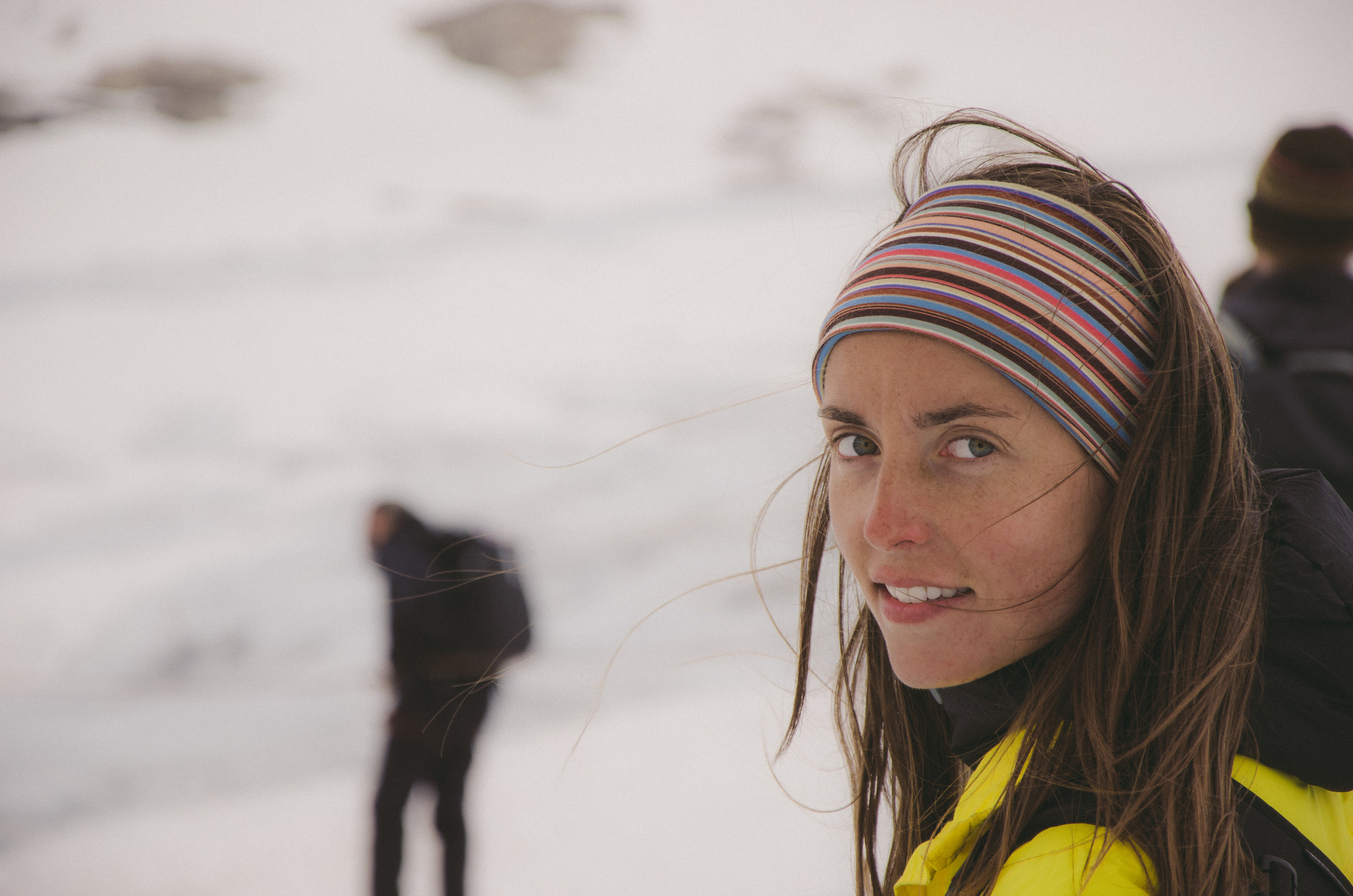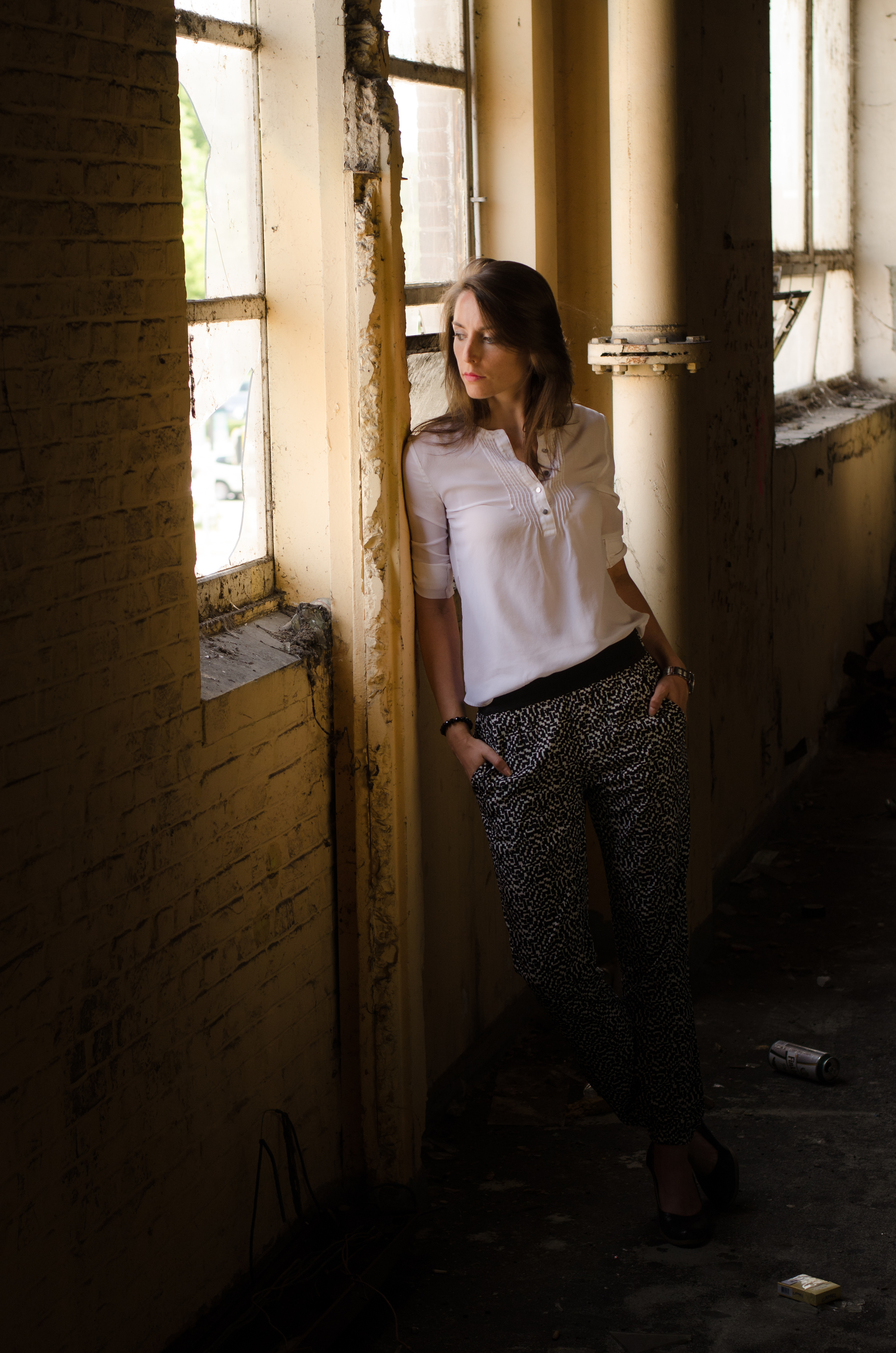Who?
It took me a bit of research to find some sort of bio on the talented Ruan van der Sande. Eventually I came across an interview he did for Talented Minds back in 2011. In there I found out that Ruan was born and raised in South-Africa, Johannesburg (I thought he came from the Netherlands, based on his Dutch-sounding name). He moved to London in 2003 and up until then had never been in contact with photography or cameras. He worked as an IT'er in your typical office setting, nothing glamorous about that (trust me, I know ;-). The trigger was when he bought a point-and-shoot for a Switzerland trip in 2006. He found his true passion for photography and by 2007 the first DSLR was a fact. If we fast forward to 2014, Ruan has more than 20K followers on Instagram and he now works full time on the coolest shoots (involving gorgeous models). His work is mostly a mix of beautiful people, sexy vibe and class!
The Picture
I chose this picture because it exemplifies Ruan's style. It was posted recently on his Instagram account and as an added bonus, it introduces the viewers to the beautiful young German model, Lorena.
Lorena by rvds on instagram
Composition
Cropping wise, Ruan broke the standard rules by cutting off the left hand of the model at the wrist and the legs at the shins. Hereunder you can find a cropping guide for photographers when shooting portraits. The red lines indicate the places on the body where a crop looks akward. The green lines point out the places where a crop is visually pleasing. But as we all know, every rule has exceptions to it. Not including the left hand leaves room for imagination and curiosity. Is she holding a glass or is it just hanging over the edge of the chair? If a photographer makes a creative decision by changing the crop and the overall result is good, no one will complain.
When you look at posture and the way the model is placed within the frame, you can notice some interesting lines. The first is the subtle head tilt, which creates a parallel line with the shoulders (left shoulder up and right shoulder down). This adds some dynamic to the picture. Making your model cross her legs also gives an interesting visual effect. It has a slimming effect and raises one hip higher than the other. This is particularly useful when your subject is sitting down and you want to use a relatively wide angle lens (distortion will make foreground elements appear larger).
Colour combination
For this picture, Ruan used a powerful colour combination of red, black and white (together with flawless skin tones). To me, this colour combo was made famous by Michael Jordan, when he was playing for the Chicago Bulls. Some of the best sneakers designs were amplified by the clever use of colours. A prime example of this is the iconic Air Jordan 11.
Air Jordan 11
In the photograph, the black velvet cover chair can be interpreted as a sign of sophistication and mystery. It also adds some nice contrast to the model's skin. The blown white background is the yang to the chair's yin and adds balance to the picture. It creates the ultimate in contrast and makes sure all the viewer's attention goes to the model and the chair. White can hold meaning of purity and simplicity, which suits the image well. The red dress adds a splash of colour to the entire frame and gives the model a flair of danger and passion. Combining all these components adds up to a compelling image that will make you look twice.











































